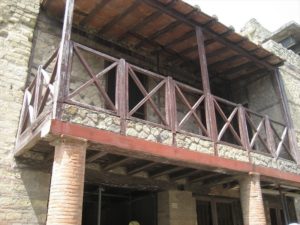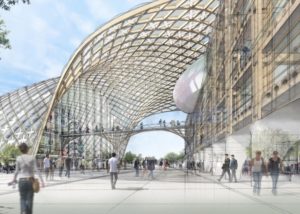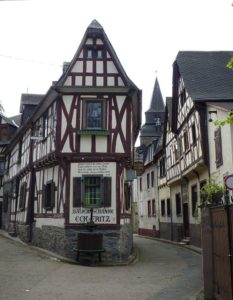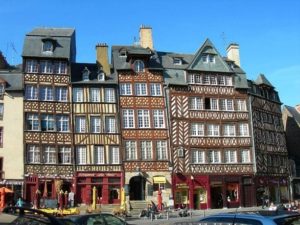History of Timber Framing
Timber framing has been popular in building construction for thousands of years thanks to the sturdy, resilient qualities of the material and relative ease of construction.
It’s actually one of the oldest known methods of building, with countries across Asia, Europe and the Americas utilising the craft for centuries.
In Britain, archaeologists have uncovered traces of timber-framed homes from more than 10,000 years ago. Relatively more recently, timber framing saw a surge in popularity during the Roman times and the Georgian period. Throughout history in the UK, timber framing enjoyed widespread popularity until the Victorian era as wood was in great demand for shipbuilding.
Thanks to Britain’s healthy supply of oak, the wood was very popular as a building material until the 17th century and it’s a testament to its durability that so many homes made with this are still standing today.
What is it exactly?
Traditional timber framing is the practice of creating framed structures of wood to build homes. The space between the wood ‘skeleton’ is then filled with brick, stone or filler meaning the structure is highly resilient and endures generations of use.

Timber Frame Revival
Despite falling out of fashion during Victorian times, timber frames have seen a revival since the 1970s in the Western world, thanks to certain architects making a point of studying how the versatile material was used throughout history and attempting to replicate these traditional designs.
Roman Seal of Approval
By AD 50, the Romans were making prolific use of timber framing techniques, which improved in line with developments in tools. The House of Opus is one such example, a building which was preserved under volcanic ash at Herculaneum after Mount Vesuvius erupted in AD79. This is one of the oldest known examples of a timber framed building still standing.
By the Middle Ages, timber framing was reaching its pinnacle and buildings such as the Westminster Hall were being produced by British builders.
Impressive Examples of Timber Framing
The Ancient High House in Stafford (see top image) is a stunning Tudor example of a timber framed building. Interestingly, many of the original timbers used throughout the building have carpenters marks which means the frame of the building was prefabricated before being sent to the location. Additionally some of the timbers have indents suggesting they may have been dismantled from an earlier structure and then reused which was not uncommon at the time.

And timber-framed buildings are by no means confined to old buildings. Pictured right is an artist’s impression of the planned new Swatch headquarters in Biel, Switzerland.
Architect Shigeru Ban’s design utilises timber engineering technologies from nearby companies, in tribute to Biel’s renowned timber companies. This design demonstrates that timber framing has endured throughout history to the present day and is used in contemporary design by world-leading architects. Timber framing has been ingeniously adapted in this design to create a building that is a work of art.
“I wanted to design something very special and particularly appropriate for this city,” Ban said of the design.
“Timber is the only renewable material for construction in the world. So this is also very important for the environment of the future. And this building – this project – is going to be very important not only for the company, but also for creating a new environment, creating the icon for the city of Biel.”

Ancient Timber Framing
Jokhang, the most sacred and important temple in Tibet to most Tibetans, is another of the oldest timber-framed structures in the world.
A centre of Buddhism, it boasts a synthesis of different building styles which have been added to over the years thanks to different cultural influences.
Amazingly the oldest part of the building dates back to the 7th century.
Different Styles of Timber Framing
German, French, Basque and English are just some of the styles of timber-framed homes. A proliferation of techniques came into play across Europe during the 13th to 18th century, with many regionally distinct styles developing.
1.Timber-framed town hall of Wernigerote in Germany

2. 16th century buildings in Braubach

3.Homes in Rennes, Brittany, France

Notable Features of Timber Framing
Hardwood timbers are a highly durable material which can last for centuries. As a result of this, many impressive medieval timber frames are still standing.
Perhaps one of the reasons why timber has been so popular through the ages is that it is easily worked and comes in a range of different shades to accommodate a huge array of designs, as demonstrated by the varied trends have emerged among different cultures and time periods.
More recently its environmental credentials have been lauded by designers, architects and eco professionals as its one of the only renewable construction materials.
If you’ve got any examples of timber frame buildings to share, or want to ask us any questions about this perennially-popular technique – leave us a comment or get in touch on Twitter.
If you’re looking for some quality timber to use in a framed building, be sure to check out our fantastic product range today.